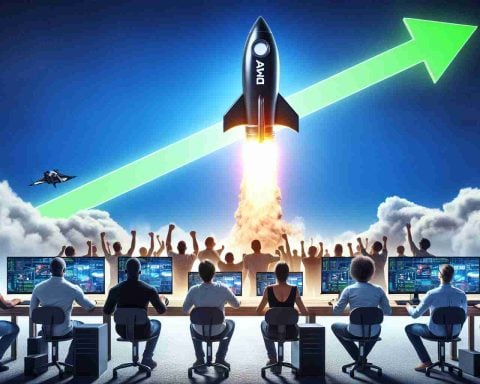Many fitness enthusiasts face the familiar cycle of enthusiasm followed by boredom when starting a new workout. This often leads to skipped sessions and eventually abandoning the routine altogether. Fortunately, the introduction of virtual reality (VR) has transformed the way we approach exercise, making it an engaging and enjoyable experience.
The Meta Quest 3 stands out as a leading wireless VR headset that turns workouts into immersive adventures. With no need for a TV and the ability to move freely in your space, it allows for hours of gameplay while keeping you physically active. The headset offers both fully immersive VR and mixed reality modes, catering to different environments and preferences.
One standout application is Supernatural, which pairs guided workouts with stunning backdrops like iconic historical sites. Users can choose from boxing and dance workouts, accompanied by popular music across various genres. Another favorite is FitXR, which presents diverse classes including Dance and HIIT, fostering a spirited community where users can challenge friends.
For those seeking intensity, Thrill of the Fight delivers a true boxing gym experience. It pushes players to engage deeply and sweat profusely, making it a great choice for serious fitness enthusiasts.
Starting at $499, the Meta Quest 3 is a cost-effective alternative to traditional gym memberships or home equipment. While it may take some time to acclimatize, the energy and enjoyment it brings to fitness routines are unmatched, promising a new path to staying active.
Fitness enthusiasts may face various barriers when incorporating virtual reality into their routines. These challenges can include technical issues, space constraints, and the potential for motion sickness. Nonetheless, VR can break up monotony and reinvigorate a lackluster fitness regimen with its engaging, interactive formats.
Key Questions and Answers:
1. What types of workouts are available in VR?
Virtual reality platforms offer a variety of workouts, including dancing, boxing, HIIT, yoga, and more traditional exercises. Some applications also provide comprehensive fitness tracking and virtual coaching.
2. Is VR fitness suitable for all age groups?
Yes, VR fitness can be adapted for different age groups and fitness levels, making it suitable for children, adults, and seniors. However, it’s essential for users to choose appropriate workouts based on their physical capabilities and consult with a healthcare provider if needed.
3. Can VR fitness help with weight loss?
Yes, engaging in VR workouts can lead to significant caloric expenditure, similar to traditional exercise. By maintaining a consistent routine and combining it with a balanced diet, users can achieve their weight loss goals.
Key Challenges and Controversies:
– Motion Sickness: Some users report feeling nauseous or dizzy when using VR for extended periods. Manufacturers are continuously improving technology to mitigate this issue, but it remains a barrier for some individuals.
– Isolation vs. Community: While VR fitness can foster a sense of community through online classes, it can also lead to social isolation as some users may prefer exercising alone in virtual spaces rather than in physical class environments.
– Accessibility: The cost of VR devices may be prohibitive for some individuals, leaving out those who may benefit from these technologies. Efforts are being made to create more affordable options or alternatives to VR fitness.
Advantages of VR Fitness:
– Engagement: VR offers immersive worlds that can make working out more entertaining, thus reducing the likelihood of skipping sessions.
– Variety: Users have access to numerous workout options, keeping their routines fresh and exciting.
– Convenience: VR workouts can be done at home without the need for bulky equipment or gym memberships.
Disadvantages of VR Fitness:
– Initial Cost: Although potentially saving money in the long run, the initial investment in VR equipment can deter some users.
– Space Requirement: Users need enough physical space to move safely while using VR, which may not be feasible for everyone.
– Technology Dependency: Reliance on technology can become a hurdle if there are connection issues or if a device malfunctions.
For more information on virtual reality and fitness, explore Meta, Oculus, and FitXR.






















